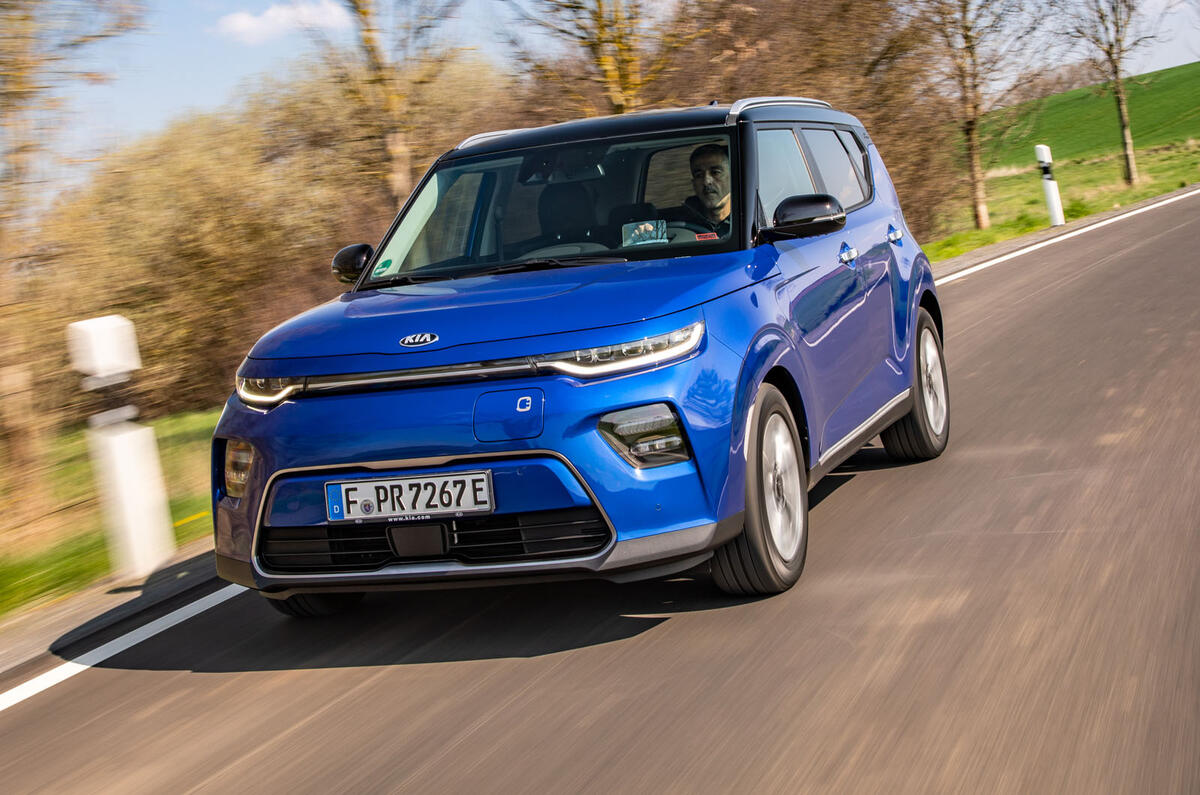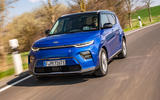We have previously driven the all-new electric Kia Soul in Korea, but this is our first taste of the third-generation compact crossover in its European spec.
Since it was launched in 2009, the Soul has found more than 1.6 million customers, although the vast bulk of those are in the US, where the machine was designed and styled. It has never been taken to heart in quite the same way by Europeans, even if the previous electric version, which arrived in 2014, did reasonably well, outselling combustion-engined versions in the UK last year.
So while some markets, such as the US, will get petrol-powered versions of the new Soul, Kia will only offer it in Europe only in electric form, with the same powertrain as the hugely successful Kia e-Niro and sister firm's Hyundai Kona Electric.
Our tests of the e-Niro have shown the strength of that system, particularly its compelling – and game-changing – range of 282 miles on the WLTP test cycle. Despite it being smaller than the e-Niro, the Soul’s boxier design means its range is slightly reduced to 280 miles, but that’s a vast improvement on the original Soul EV's 132 miles and more than enough to make this a car that can be used in virtually any situation.
When it goes on sale in the UK at the end of the year, the new Soul will be offered in a single guise, featuring an 'SUV pack' that adds a few styling tweaks, including a skidplate and some 'rugged’ trim panels.














































